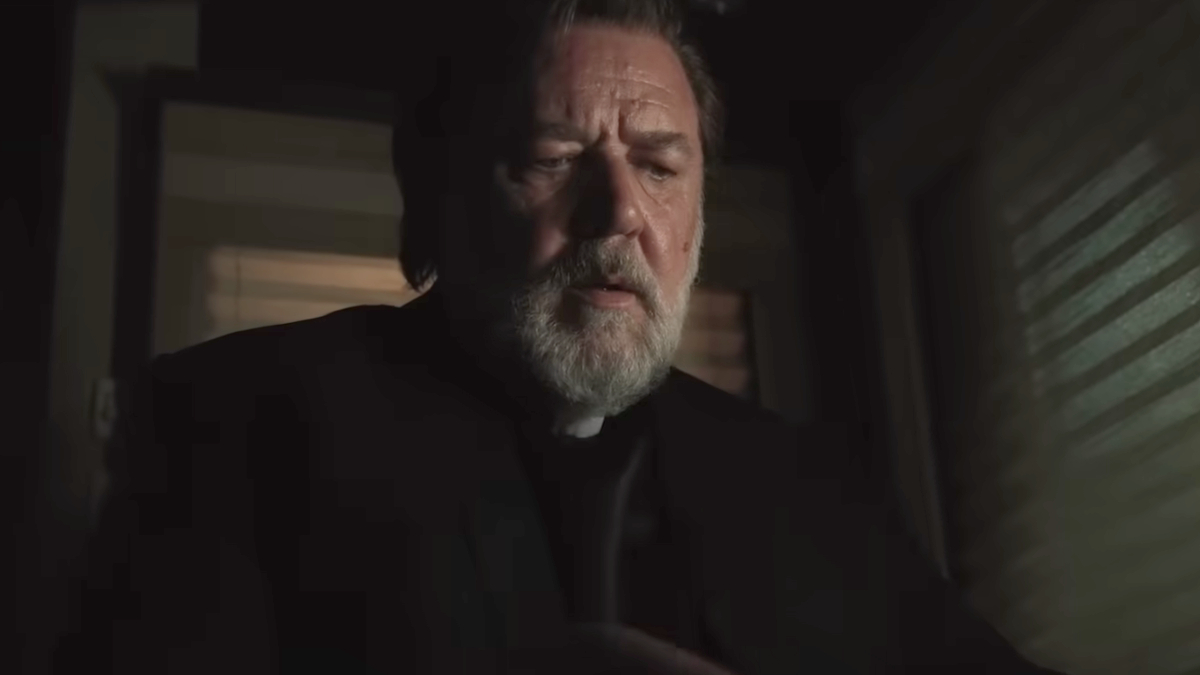It’s already taken home the Golden Lion at the Venice Film Festival and is certain to be a frontrunner when the votes are counted for TIFF’s People’s Choice Award: it’s safe to say that Guillermo del Toro’s The Shape of Water’s reputation precedes it. It certainly made a splash in Toronto, playing at the historic Elgin Theatre, a venue that served as a filming location and is featured prominently in the movie. It’s a rare experience to watch a scene while sitting in very place it was filmed, which from the right angle, looks like a movie within a movie unfolding before you. The sensation can range from enhancing a dreamlike state or making the artifice come tumbling down, Inception style.
The dreamy nature of The Shape of Water is its greatest selling point, as images and trailers of the film surely make clear. In them we see the premise of the story: Sally Hawkins plays Elisa, a member of the cleaning staff at a government research facility who happens to be mute. She develops a fondness for the object of this facility’s study, an amphibious creature akin to swamp monsters from the days of classic Hollywood. With the help of two confidantes, work friend Zelda and neighbor friend Giles (Octavia Spencer and Richard Jenkins, respectively), a plan is quickly set in motion to rescue the Asset (played by del Toro’s very own Mr. Jackpots, Doug Jones) from the facility, under its watchful eye and abusive prodding hand of Agent Strickland, played by Michael Shannon.
This section is far and away the strongest of the entire film, a classic heist scenario that makes the best use of del Toro’s visual storytelling. It’s not just that his heroine is essentially a silent film star, although Hawkins’ performance executed almost entirely without her voice is some truly stunning and effective physical work. It’s that for this first half of the movie in particular, there are the visual references being made to classic cinema paired with a combination of color, staging and movement that conveys everything necessary to make this movie a magical experience that harkens back to film’s earliest days. The stylistic nostalgia, subtly and beautiful realized, is disrupted by a story that subverts the kind of narratives in which that bygone era frequently dealt.
When it becomes bogged down by story, The Shape of Water starts to sink a little bit. For many, it’s not enough to sink the entire movie; for others, it might shake them out of their dream and weigh on every detail that springs up in the latter half. At least, this is how it was when I watched it. A devoured cat, which no one seems to care about, is what did it for me–others’ dream mileage may vary. They may be able to withstand the plot involving Cold War politics, or the actual implications of cross-species love, or the evilness of its rich, white Christian villain who, get this, is the real monster of the movie. I found it all to be a bit much, which was a bummer, because there’s so much to love here.

Take, for instance, one of del Toro’s brilliant decisions, allowing the Giles character to orally translate Elisa’s most stirring signed monologue. The device justifying this translation is seamless, and the result is that we’re able to take in the full Hawkins performance as opposed to shifting our eyes between her hands and face, and words at the bottom of the screen. She’s pouring her heart out before us, and we’re able to lock into it and share the moment with her. It helps that Richard Jenkins is adding his deeply empathetic voice, but this recognition of the limiting nature of subtitles is a sign of a director who understands the most effective way to get through to an audience emotionally.
Del Toro’s message of love and acceptance is compelling, and while it’s certainly as relevant as ever in today’s sociopolitical climate, this story feels somehow less related to today than it does to its old-fashioned reference points. Indeed, for the 1950s, having a lead character with a physical disability team up with a gay neighbor and co-worker of color to oppose an Anglo-Saxon family man is a kind of revolutionary piece of work.
The compassion for the film’s black lagoon monster, likewise, is admirable, even beautiful at times. There’s no question that Guillermo del Toro identifies with the monster, and there’s a level of indulgence in having the heroine fall in love with that monster (not the level of indulgence that you’d find in mother! but still). There’s also something of a disconnect between a movie that feels to find its story compelling in its novelty, and a popular culture that has already taken the initiative to reclaim characters like Pennywise and the Babadook as outsider sex symbols, their dangerousness being part of their appeal. Then again, maybe that’s what the cat-killing was all about. But is a character like Strickland worthy of any sort of redemption?
Once again, mileage may vary, although the majority seem to find The Shape of Water to be a beautiful flipping of the old Hollywood genre script. The old-fashioned nature of this story can feel timeless, or it can simply feel outdated. It may drown in its contradictions, or those contradictions might be the very thing that make it unmistakably human.






